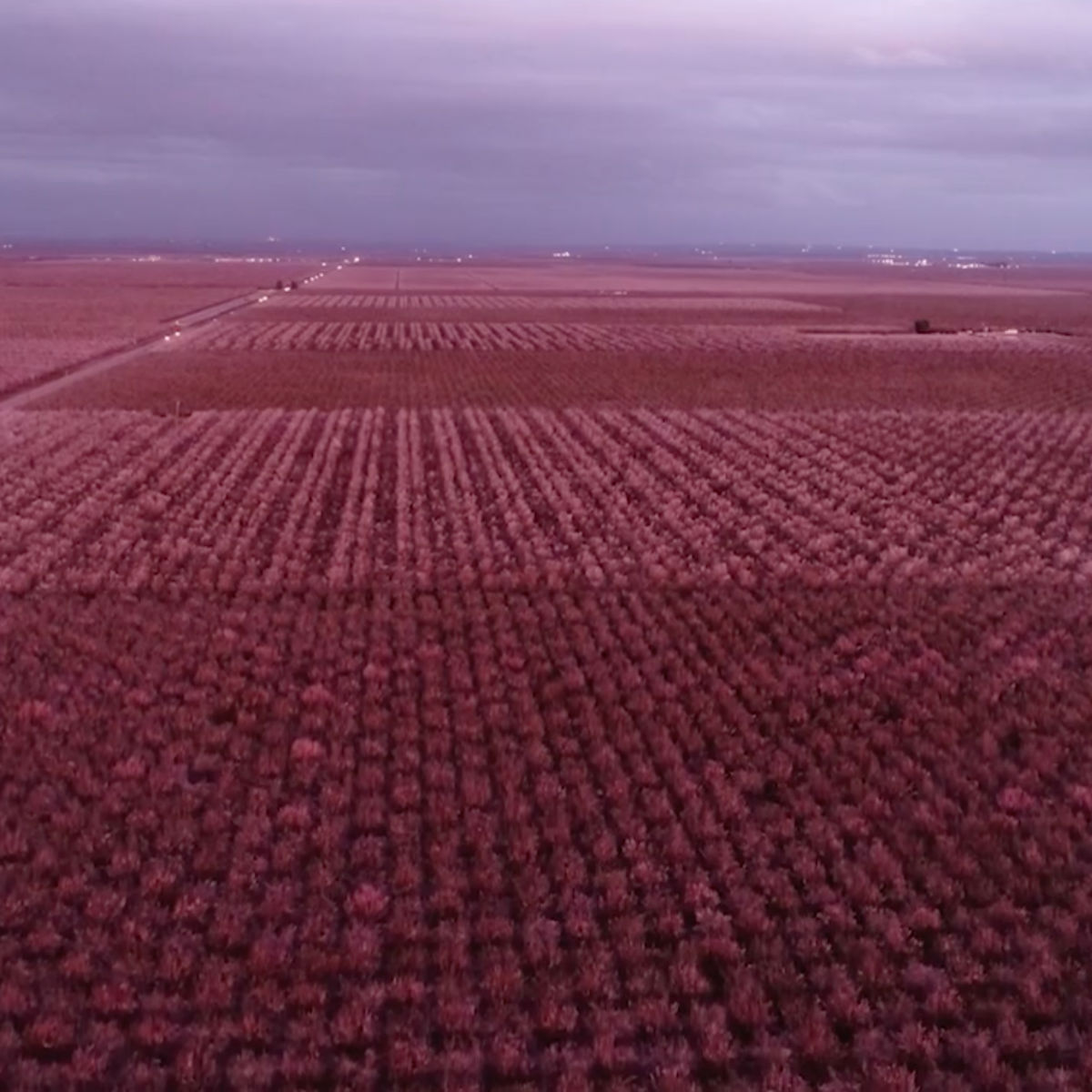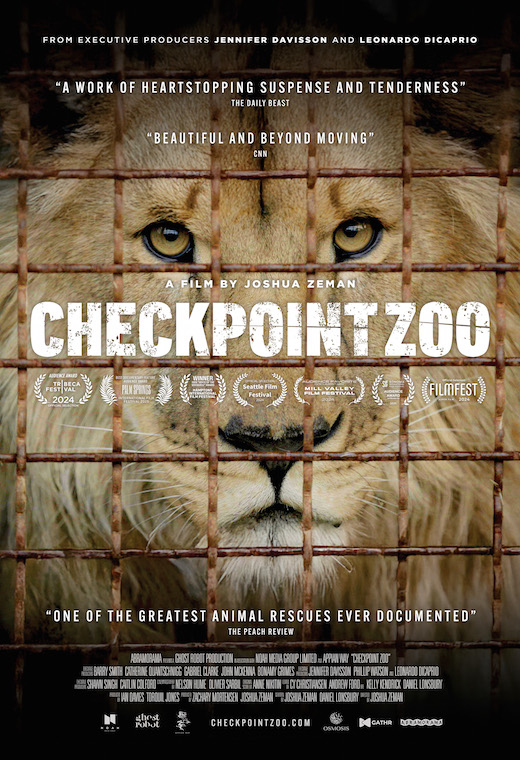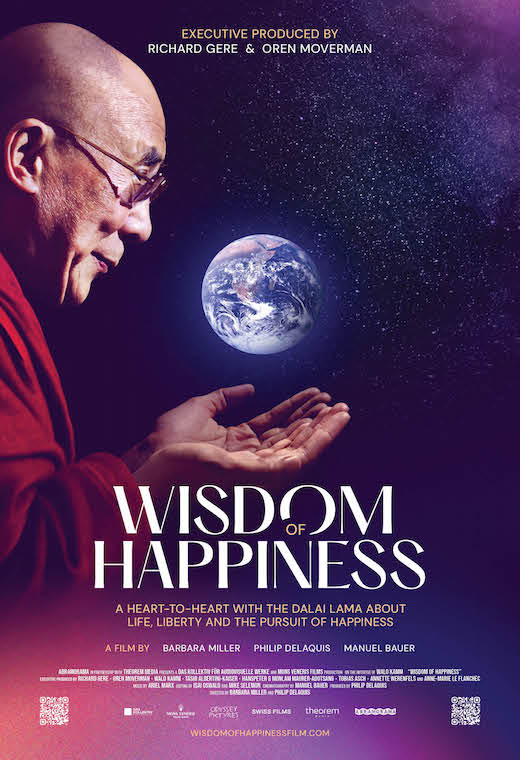
I never get tired of watching bees.
My 30 years of beekeeping attests to that.
I became fascinated with the small group of migratory beekeepers who move honey bees around the United States, often under the cover of darkness, pollinating much of the food we eat. One out of every three bites of food we eat is pollinated by an insect.
While many people have heard that bees are in trouble and are interested in knowing more about what the problem is, few realize how their decline threatens our food system. As our agriculture system has become more simplified, consolidated and much more chemically dependent, a demand for pollination has been created that commercial beekeepers stepped in to fulfill.
For a year and a half, I filmed over the seasons of pollination to tell this extraordinary story of honey bees, migratory beekeepers and their importance to our food and agriculture system. I joined beekeepers and their honey bees as they move around the country, pollinating everything from almonds to blueberries, apples, cranberries to pumpkins and more.
I quickly learned that these hardworking beekeepers are anxious about the increase of annual bee losses of 40 to 60 percent. Thirty years ago, losing 10 percent of one’s hives was truly alarming, but now any commercial beekeeper in the U.S. would be thrilled to lose that few hives.
Beekeepers have been working a kind of “magic” to split and create new hives out of older ones in order to maintain the numbers of hives they need for pollination, but are keenly aware that this is not a sustainable approach. They are desperate for other solutions.
If these beekeepers are worried, we all should be: bees pollinate the fruits, vegetables and nuts that we eat everyday.
I spoke with people who rely on bees for their livelihoods as well as the scientists, chefs, farmers and activists who are deeply concerned by the threats to pollinators and the implications for agriculture and our environment.

The production began with the massive almond pollination in California followed by apples, blueberries and other crops. We finished with the cranberry harvest in Massachusetts and honey harvest in South Dakota. Along the way, I witnessed the poisoning of hundreds of beehives by careless pesticide applications, saw wild lands essential to a robust bee population that had been repurposed for corn and soy monoculture farming and witnessed how changing climate dynamics affect the delivery of bees into orchards and fields.
There is something about honey bees that touches people: their beauty, their indefatigable work ethic, their efficiency– and especially their honey! – make them a charismatic insect, with fascinating and complex societies that are a window into the natural world that we all long for.
When I started beekeeping myself, decades ago, I had no idea that ultimately it would lead me to making a film about migratory beekeepers, bees and our food system. Yet the intersection of these elements was a story I felt had not been fully explored and one that needed to be told. Thirty years experience as a backyard beekeeper has given me a solid understanding of honey bees and perhaps, a certain credibility with the commercial beekeepers.
My passion for food and our connection the natural world, my decades as a cinematographer and storyteller, has made this a perfect film for me to make.









Comments
No comments to display
Leave a comment
Please Login or Register to leave a comment